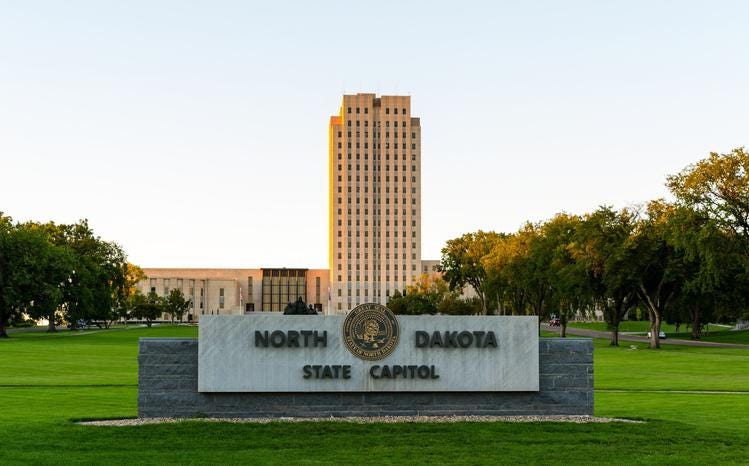A measure to close North Dakota’s public pension plan is headed to Governor Doug Burgum’s desk for signature. Before enacting the measure, the state’s chief executive would be wise to look at the experience of other states that have made such a drastic move. State leaders have learned the hard way that ending pension benefits comes with little to be gained and a big price to pay.
More specifically, states that shifted new employees from defined benefit pensions to defined contribution or cash balance plans experienced increased costs for taxpayers without significant funding improvements. Also, moving away from pensions results in cuts to public employees’ retirement security, while government employers face increased challenges hiring and retaining staff to deliver essential public services.
In fact, a recent series of case studies takes a deep dive on the experiences in four states that closed their pension plans in favor of alternative retirement plan designs: Alaska, Kentucky, Michigan, and West Virginia.
The analysis found:
— Switching from a defined benefit pension plan to a defined contribution or cash balance plan did not address existing pension underfunding as promised. Instead, costs for the taxpayers actually increased after closing the pension plan.
— Responsible funding of pension plans is key to managing legacy costs associated with these plans. The experience of the four states shows that changing benefits for new hires does not solve any existing funding shortfall.
— Changes in retirement plan design resulted in greater retirement insecurity for employees. In West Virginia’s case, this led the state to “unscramble the egg” and reopen the closed pension plan. This issue is all the more important today given that many public workers are facing financial hardships in the current economic climate.
— Workforce challenges are emerging as a result of the retirement benefit changes. Alaska is seeing roughly half of their newly hired teachers leaving within two years. The increased difficulties recruiting and retaining public employees since the pension plans were closed to new hires carries its own financial costs and harms schools. And across the nation, state and local governments are facing unprecedented challenges hiring and keeping teachers and public safety employees.
Another jurisdiction worth noting is the Town of Palm Beach, Florida. There, officials closed its existing pension systems for its employees, including police officers and firefighters. The new “combined” retirement plans offered dramatically lower pension benefits and new individual 401(k)-style defined contribution retirement accounts.
Shortly thereafter, the town experienced a high rate of retirements and unprecedented early departures of experienced police officers and firefighters to neighboring towns that offered better pensions. Understaffed, the town faced increased costs to pay overtime hours and train replacements for the public workers who departed during a four-year period after the pension changes. Following this large, swift exodus of public safety employees, the town reconsidered the changes and later voted to abandon the 401(k)-style plans and to improve the pension plan for police officers and firefighters.
The bottom line: pensions are a proven tool for providing cost-efficient retirement benefits for workers, while also achieving the workforce goals of employers. And pensions have important economic impacts, especially in rural states. Experience has shown time and time again that such a move will have negative outcomes. Enactment of the legislation will mean North Dakota’s public workers will have lower retirement benefits, taxpayers will have higher costs, and government agencies will face increased challenges attracting and retaining public workers.
Read the full article here










